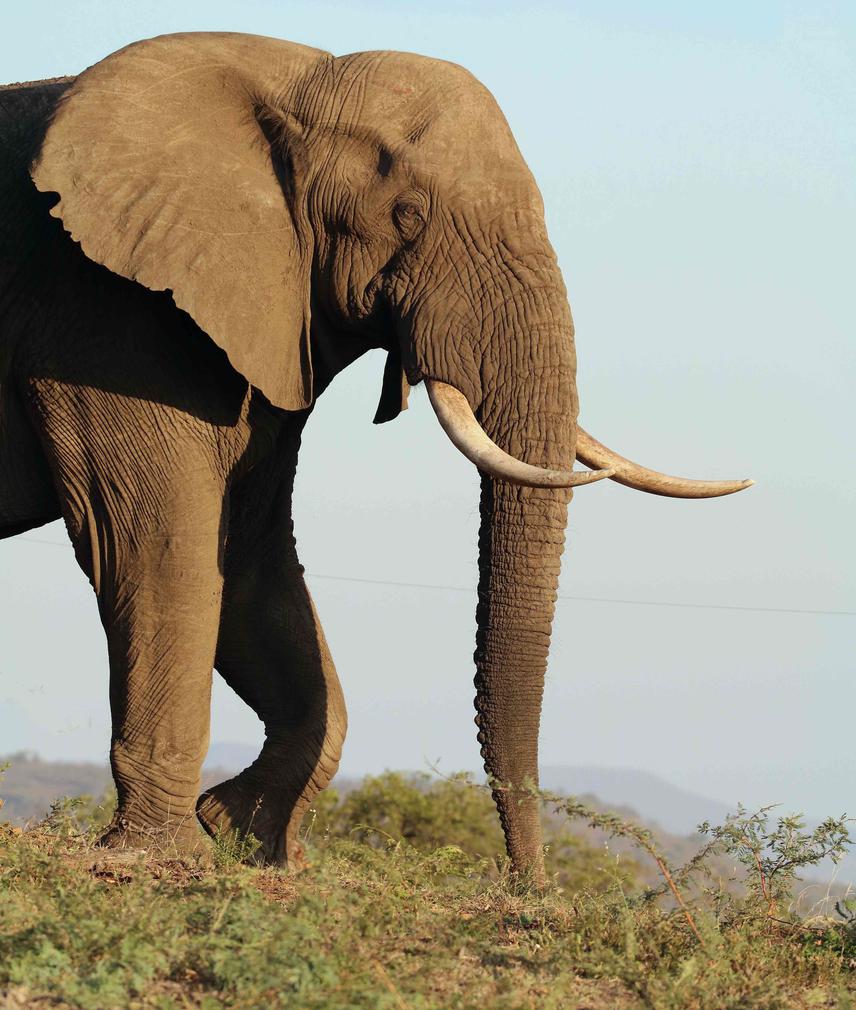Timothy Kuiper
To provide a set of useful computer based tools and models to aid in the monitoring and management of elephants in small to medium protected systems in South Africa

While African elephant populations are in tragic decline (30% decline in 7 years), they are stable in South Africa (SA). The majority (20 000) of the country’s elephants occur in the expansive Kruger NP, while the remaining 9 000 are scattered across over 50 significantly smaller reserves where their movements are restricted by fences. On these smaller reserves population growth rates and densities are typically high, such that elephant overpopulation and the resultant effects on other species have become important conservation concerns. This has heightened the need for accurate population data for both management and broader research purposes. One example of a reserve with a growing elephant population is Hluhluwe-iMfolozi Park (HiP) in the SA province KwaZulu-Natal (KZN). This Park (and many others) has been implementing elephant contraception to manage numbers (a humane alternative to culling). Our project is a new collaboration between the Wildlife and Environment Society of SA and Ezemvelo KZN Wildlife (the provincial conservation authority).
Our project aims to contribute meaningfully to improving elephant population management and research in closed protected systems in SA. Phase 1 of the project (2016) involved intensive monitoring of the Park’s elephants, followed by data analysis to inform elephant management (contraception in particular).
Two key lessons learnt in phase 1 were: (1) sound elephant management depends heavily on accurately collected and analysed data on resident elephants, and (2) elephant contraception is a young idea in need of evaluation. These lessons have inspired phase 2 of the project, during which we aim to provide useful tools and knowledge to those tasked with managing elephants on small to medium closed protected systems in SA. Over a 6-month phase 2 project period (which Rufford is supporting) we plan to meet the following objectives in 2017:
1. Develop a statistical model to estimate elephant population size from ground observations (apply to HiP initially, and then other reserves)
2. Develop a rapid system for identifying individual elephants from field photographs
3. Create a set of tools to aid reserves in developing sound contraception strategy and implementation